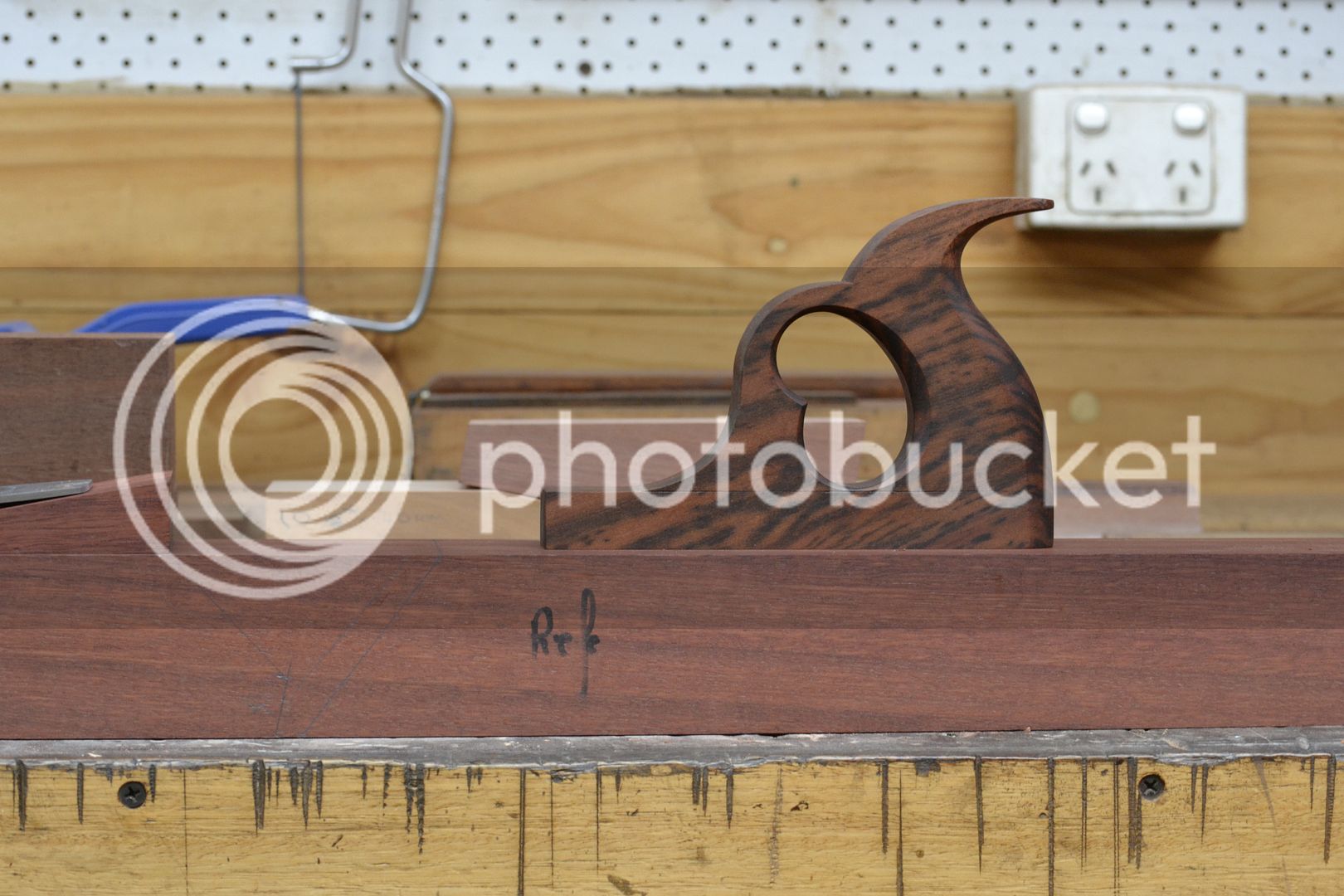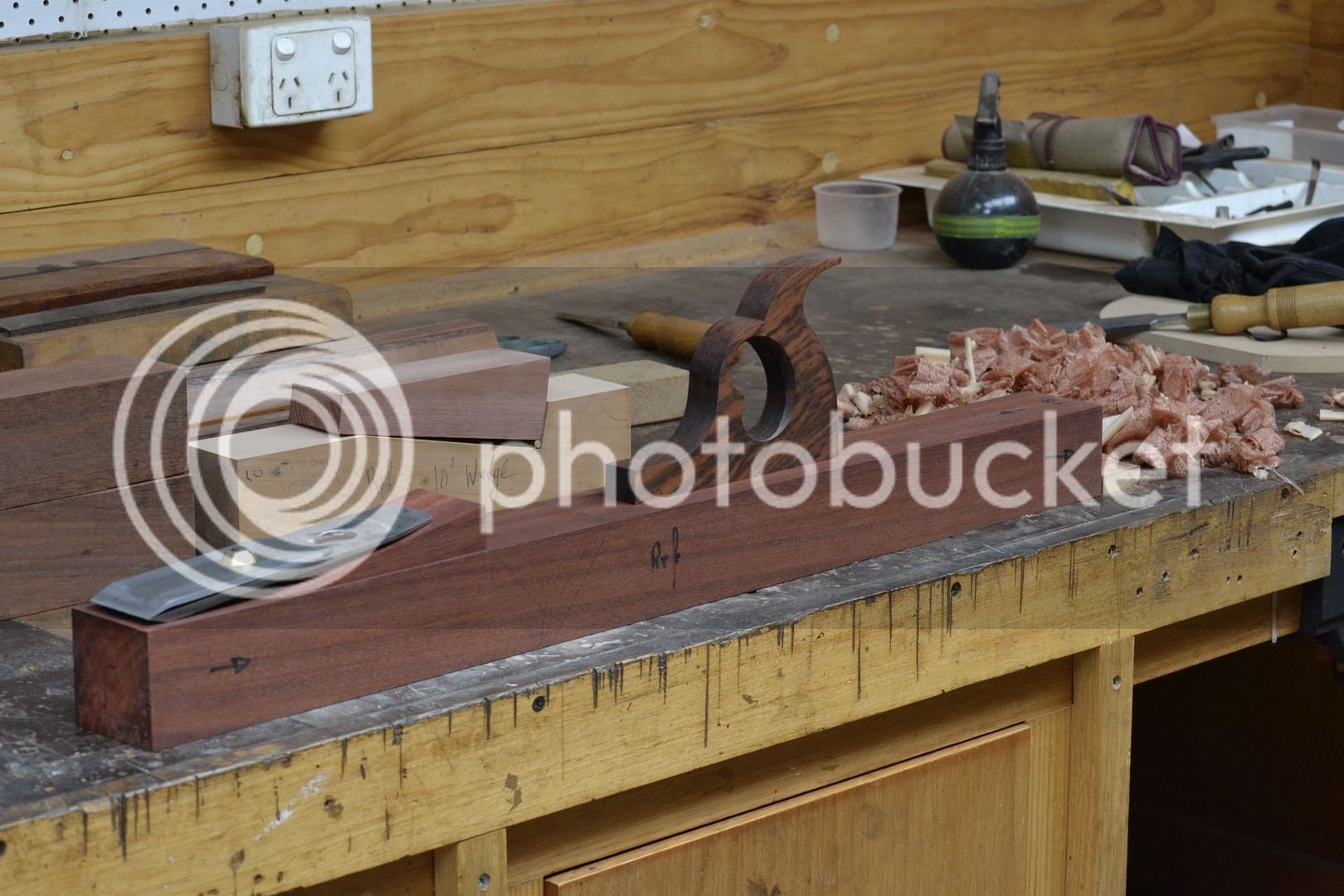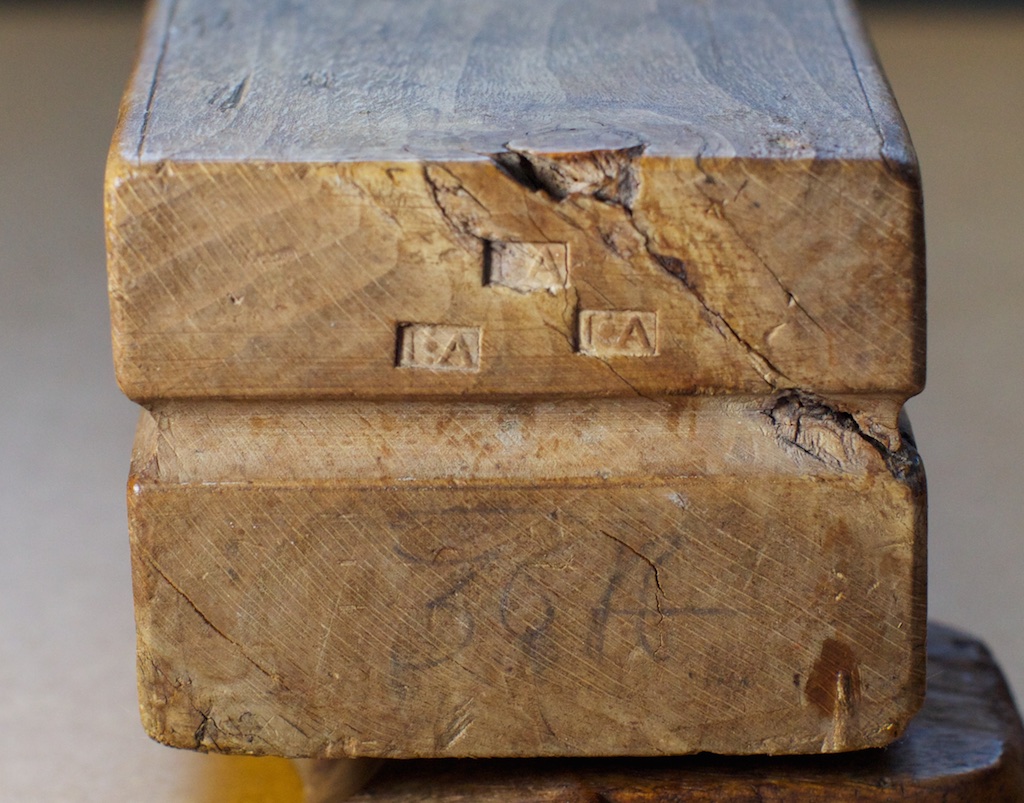richarnold
Established Member
Plane making , by W J Armour.
Some of you may be familiar with an article that has been talked about and published from time to time by Victorian plane maker William J Armour. The piece was first published in the work magazine in 1898.
The first section of this important work details the making of a traditional jack plane. I thought it might be an interesting experiment to follow these instructions and make the plane in the manner described. Armour first describes the selection of a suitable timber suggesting the use of steamed beech. The blank is to be 17" long and 3" square. This is suitable for an iron of 2 1/4" wide. Well I have the beech, and a new- old stock Ward iron, and back iron, so we are good to go! To be continued. ......

Some of you may be familiar with an article that has been talked about and published from time to time by Victorian plane maker William J Armour. The piece was first published in the work magazine in 1898.
The first section of this important work details the making of a traditional jack plane. I thought it might be an interesting experiment to follow these instructions and make the plane in the manner described. Armour first describes the selection of a suitable timber suggesting the use of steamed beech. The blank is to be 17" long and 3" square. This is suitable for an iron of 2 1/4" wide. Well I have the beech, and a new- old stock Ward iron, and back iron, so we are good to go! To be continued. ......










































